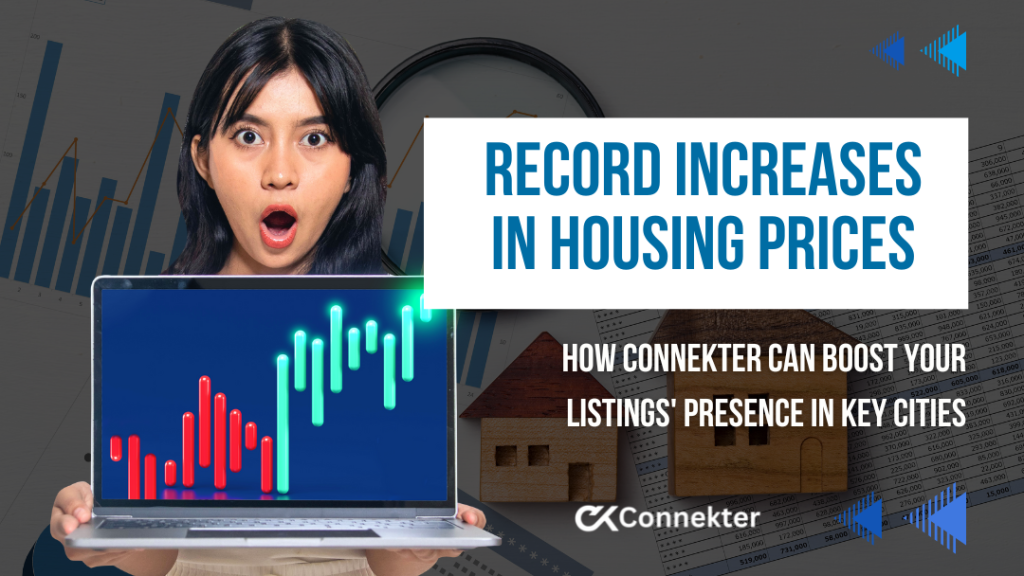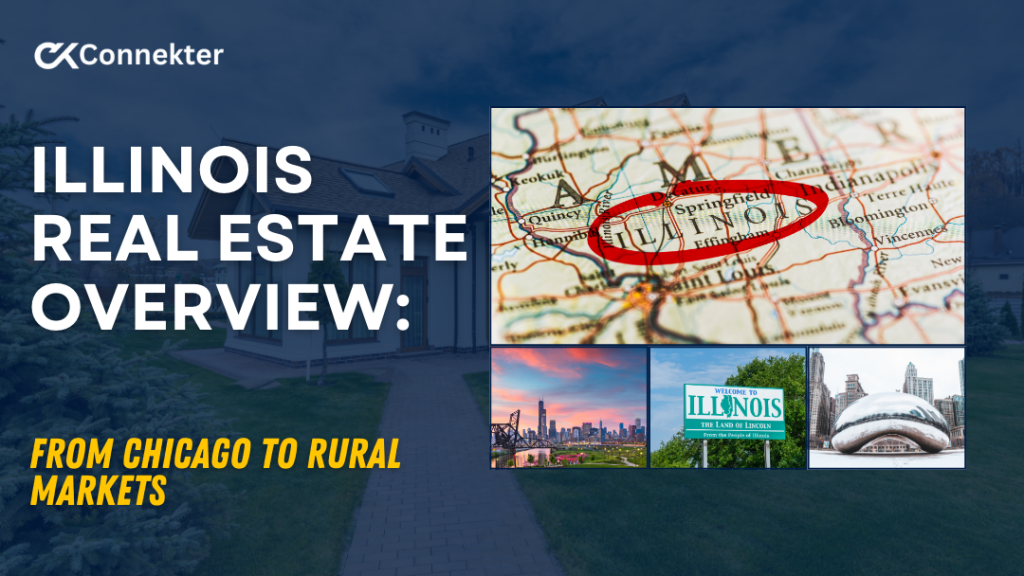
Unlocking Real Estate Opportunities in the Heart of the Midwest
Illinois is a state of contrasts—urban sophistication in Chicago, charming suburban neighborhoods, and tranquil rural landscapes. This diversity makes the Illinois real estate market one of the most intriguing in the U.S. As a realtor with five years of experience, I’ve seen firsthand how the unique blend of culture, economy, and geography influences buying, selling, and investing decisions here. Let’s dive deep into the key factors shaping the Illinois market, the opportunities available, and how you can navigate this complex but rewarding real estate landscape.
Why Illinois Real Estate Stands Out
Illinois is not just a place to live; it’s a hub of opportunity. With its diverse economy, strategic location, and varied housing markets, the state caters to everyone—from first-time buyers to seasoned investors.
Economic and Geographic Influences
Illinois boasts one of the most diverse economies in the country, anchored by industries like finance, agriculture, manufacturing, and technology. This creates a dynamic housing market with demand for:
- High-rise condos for professionals in Chicago.
- Spacious suburban homes for families.
- Affordable rural properties for retirees or agricultural workers.
The state’s central location is another game-changer. With transportation hubs like O’Hare Airport, major rail systems, and an extensive highway network, Illinois offers unmatched accessibility. Properties near these hubs often see higher demand and faster appreciation.
Understanding Market Segments in Illinois
Illinois real estate is far from uniform—it’s a patchwork of distinct markets that cater to different needs. Let’s break it down.
1. Urban Centers: Chicago and Beyond

Chicago is the crown jewel of Illinois real estate, known for its iconic neighborhoods, vibrant culture, and steady demand.
- Popular Areas: Lincoln Park, River North, Hyde Park, South Loop, and Bronzeville are perennial favorites.
- Investment Opportunities: Luxury condos and multi-family properties near transit lines are hot commodities.
- Challenges: High property taxes and rising costs of living can be deterrents, but the city’s amenities often outweigh these factors.
Urban submarkets like Avondale and Bronzeville are gaining traction as younger buyers and investors seek affordability and growth potential. These areas are benefiting from revitalization efforts, making them exciting options for those willing to take a calculated risk.
2. Suburban Growth: Family-Friendly and Investment-Ready
Suburbs in Illinois are booming, especially post-pandemic, as families prioritize space and quality of life.
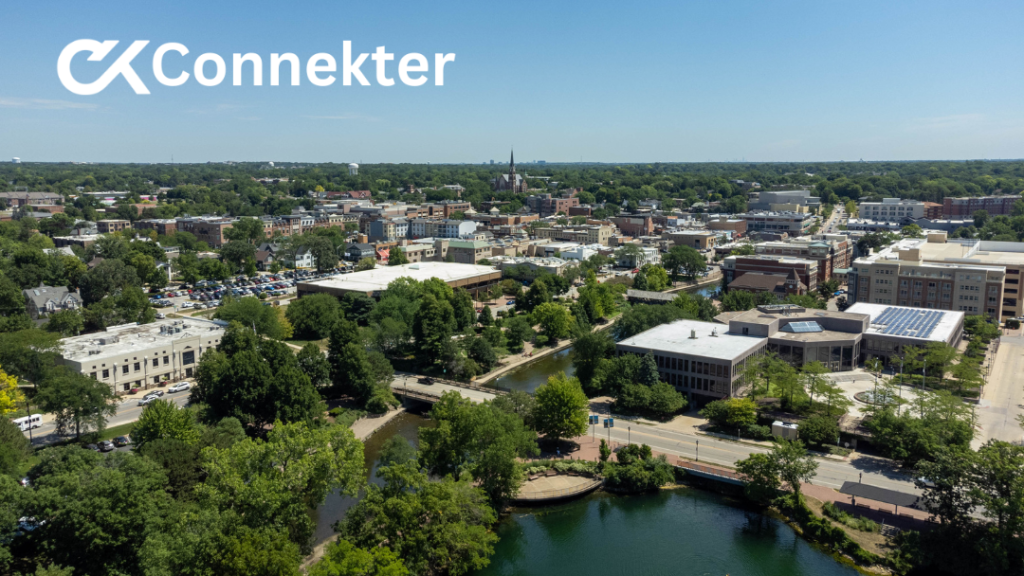
- Hotspots: Naperville, Schaumburg, Glenview, and Aurora are in high demand.
- Key Features: Top-rated schools, family-friendly amenities, and access to parks and recreation.
- Investment Appeal: Suburbs are also attractive for rental investors, with strong demand from professionals and families moving out of the city.
Naperville, for instance, consistently ranks as one of the best places to live in the U.S., thanks to its upscale amenities and thriving local economy. Average home prices here range from $500,000 to $800,000, reflecting the area’s desirability.
3. Rural Markets: Stability and Opportunity
While rural markets in Illinois often move slower, they present unique opportunities, particularly for investors looking at farmland or vacation properties.
- Key Towns: Effingham, Mattoon, and Carbondale offer some of the most affordable housing options in the state.
- Farmland Investments: Illinois is a leader in agriculture, making its farmland highly valuable.
- Emerging Trend: Remote workers and retirees are increasingly drawn to rural properties for their affordability and tranquility.
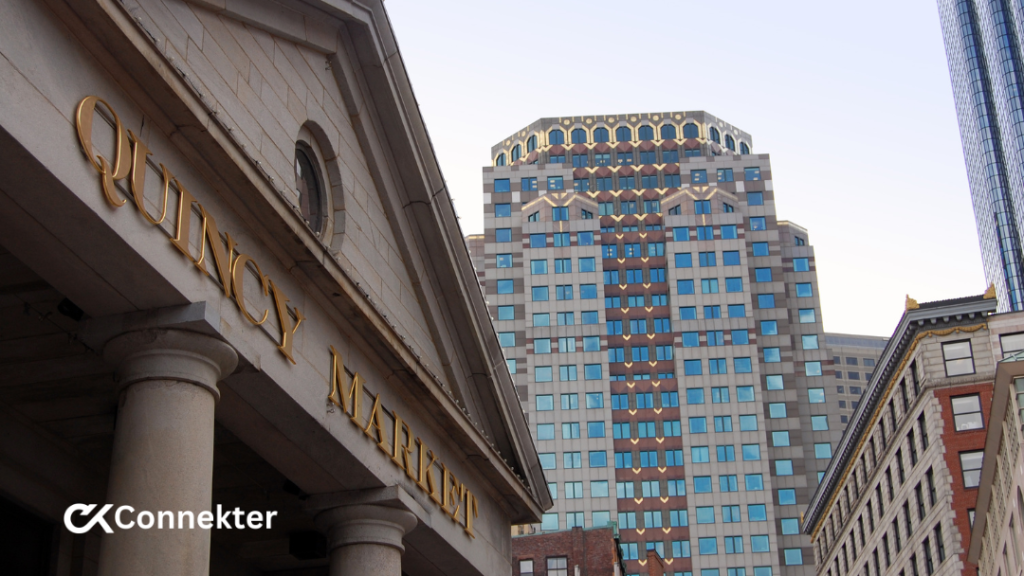
Towns like Carbondale and Quincy offer affordable homes ranging from $80,000 to $200,000, making them ideal for first-time buyers or those looking for rental income opportunities.
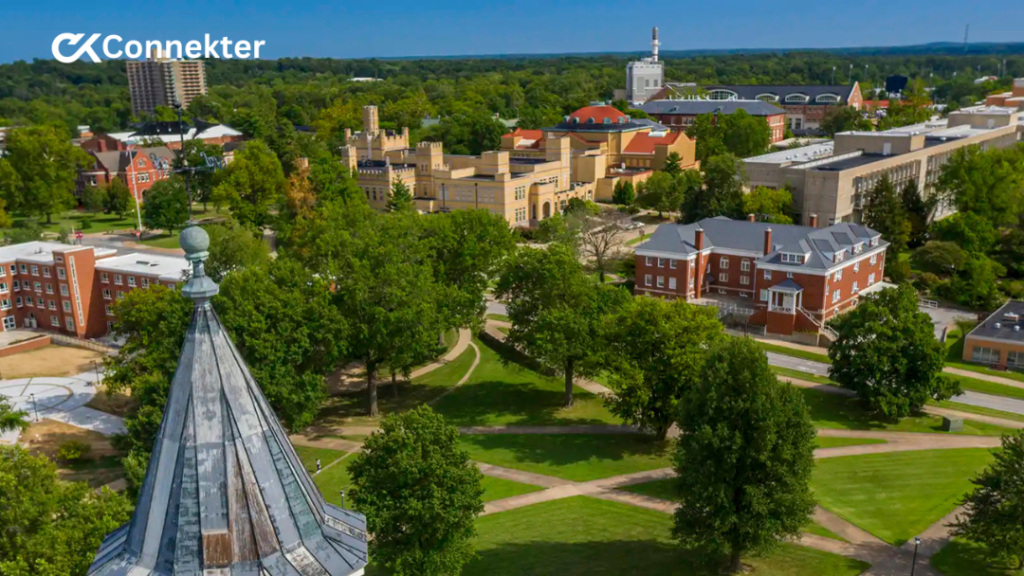
Statewide Real Estate Trends
To make informed decisions, it’s crucial to understand the trends shaping Illinois’s market.
Urban Trends
- Condos and Rentals: Chicago continues to attract renters and condo buyers, particularly in areas with strong transit links.
- Emerging Neighborhoods: Revitalization in Bronzeville and Logan Square is driving new interest.
- Downtown Recovery: As hybrid work policies stabilize, downtown properties are expected to see renewed demand.
Suburban Growth
- Family Focus: Suburbs like Schaumburg and Glenview remain attractive to families looking for larger homes and quality schools.
- Energy Efficiency: New developments are prioritizing green building practices, reflecting a growing demand for sustainability.
Rural Stability
- Affordable Housing: Small towns offer some of the lowest prices in the state, ideal for retirees or budget-conscious buyers.
- Vacation Homes: Properties near Shawnee National Forest and other scenic areas are gaining popularity.
Key Challenges in Illinois Real Estate
No market is without its hurdles, and Illinois has its share:
- High Property Taxes: Illinois ranks second in the U.S. for property taxes, particularly impacting urban and affluent suburban areas. While this can deter buyers, it’s often offset by strong public services and schools.
- Population Decline: A gradual outmigration to states with lower taxes and warmer climates affects demand, especially in rural areas. Suburbs, however, have seen gains due to pandemic-driven relocations.
- Polarized Markets: Urban areas face low inventory and high competition, while rural markets move at a slower pace, requiring patience from sellers.
Investment Opportunities Across Illinois
Illinois remains ripe with opportunities for investors, thanks to its diverse economy and housing market.
Residential Investments
- Urban Rentals: Consistent demand near universities and business hubs makes rentals in Chicago a safe bet.
- Suburban Family Homes: Rising home prices in suburbs present opportunities for long-term growth.
Commercial Investments
- Industrial Real Estate: The logistics boom, driven by e-commerce, is fueling demand for warehouses and industrial spaces near Chicago and Rockford.
- Mixed-Use Developments: Urban retail and office spaces are being transformed into mixed-use properties, offering creative investment potential.
Rural and Farmland Opportunities
- Agricultural Strength: Illinois farmland offers steady returns for those looking to diversify their portfolios.
- Vacation Properties: Rural areas are seeing increased interest as more people seek weekend getaways or remote living options.
Comparing Illinois to Neighboring States: Strengths and Challenges
Illinois’s real estate market has unique strengths, but it competes with neighboring states like Indiana, Wisconsin, and Michigan, each offering its own advantages. Here’s a deeper look at how Illinois compares:
Indiana: Lower Taxes, Limited Diversity
Indiana often attracts buyers and investors due to its significantly lower property taxes and cost of living. However, it lacks the economic complexity and urban sophistication that Illinois offers.
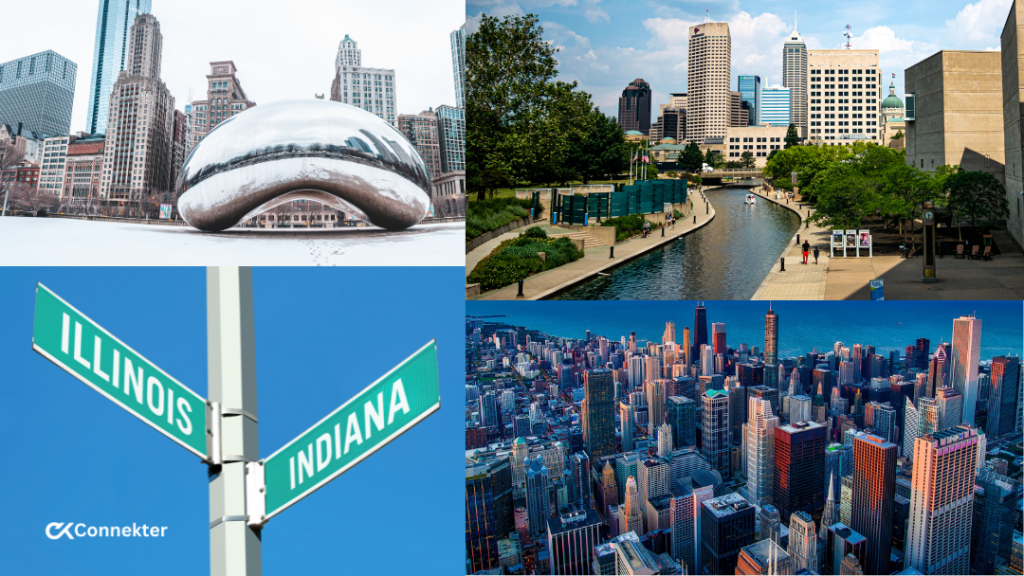
- Advantages of Indiana:
- Lower property taxes make homeownership more affordable.
- Indianapolis offers a growing urban center, but it doesn’t rival the scale or global influence of Chicago.
- Rural properties are more affordable and often appeal to first-time buyers or retirees.
- Illinois’s Edge:
- Chicago, as a global city, outpaces any urban offering in Indiana in terms of job opportunities, cultural amenities, and real estate investment potential.
- Illinois’s diverse economy creates opportunities across industries like finance, agriculture, tech, and logistics, whereas Indiana’s economy is more dependent on manufacturing and agriculture.
Wisconsin: Scenic Beauty, Fewer Opportunities
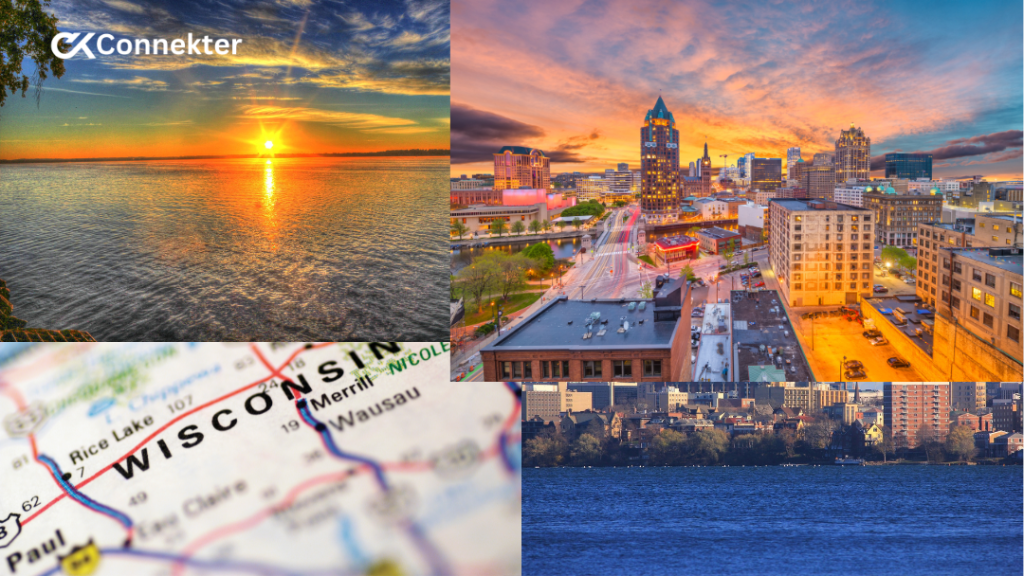
Wisconsin is known for its natural beauty and recreational properties, particularly in areas like Lake Geneva or the Northwoods. Its property taxes are slightly lower than Illinois, which makes it attractive to vacation-home buyers. However, Wisconsin lacks the infrastructure and market variety of Illinois.
- Advantages of Wisconsin:
- Attractive for buyers seeking affordable lakefront or rural homes.
- A slower pace of life appeals to retirees and second-home buyers.
- Madison, with its university influence, offers a niche but growing urban market.
- Illinois’s Edge:
- Illinois’s transportation infrastructure, including major airports, highways, and rail hubs, far surpasses Wisconsin’s, making it more attractive for businesses and investors.
- Chicago’s urban vibrancy and strong rental market offer investment opportunities not found in Wisconsin’s smaller cities.
- Illinois provides access to larger, diverse job markets, especially in tech, finance, and logistics.
Michigan: Affordable Recreation, Less Urban Power
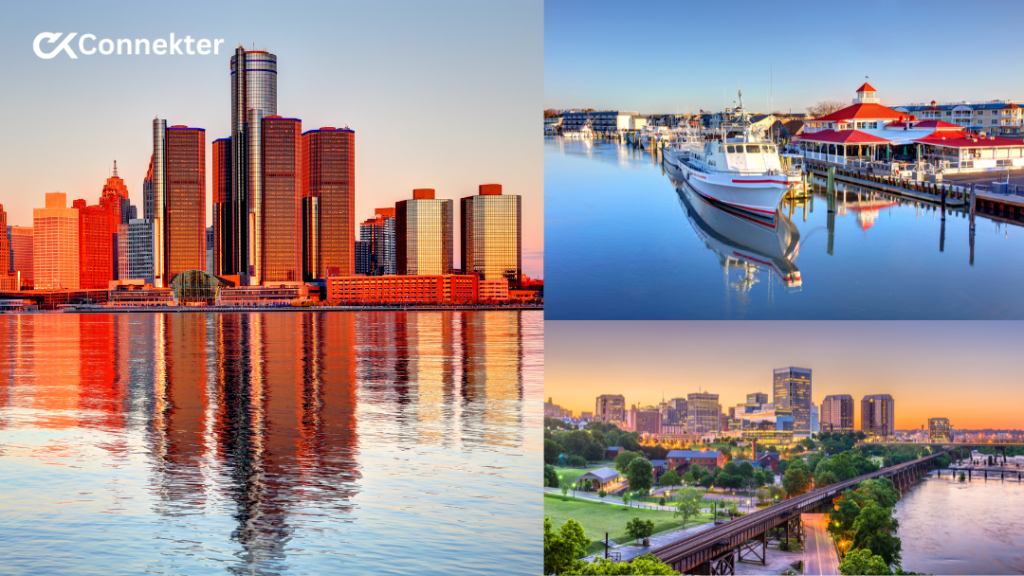
Michigan is a strong competitor in terms of affordability and recreational properties, especially around its Great Lakes shoreline. Cities like Detroit are undergoing revitalization, and smaller towns like Traverse City are becoming hotspots for vacation homes. However, Michigan doesn’t match Illinois’s urban or economic clout.
- Advantages of Michigan:
- More affordable homes, particularly in rural and suburban areas.
- The Great Lakes region attracts buyers looking for vacation or waterfront properties.
- Detroit’s resurgence offers some intriguing opportunities for investors willing to bet on long-term growth.
- Illinois’s Edge:
- Chicago’s established real estate market provides stability and high demand, especially for urban rentals and luxury properties.
- Illinois’s suburbs, such as Naperville and Schaumburg, offer family-friendly amenities and top-tier schools that outperform most suburban markets in Michigan.
- Michigan’s reliance on manufacturing leaves its economy vulnerable to shifts, whereas Illinois benefits from a more balanced and diverse economic base.
Why Illinois Holds a Competitive Advantage
While neighboring states might appeal to some buyers for lower taxes or niche markets, Illinois’s strengths lie in its:
- Economic Diversity: With major industries ranging from agriculture to technology, Illinois provides a resilient market for various types of buyers and investors.
- Central Location: Positioned in the heart of the Midwest, Illinois serves as a critical hub for transportation, logistics, and commerce, driving demand for both residential and commercial real estate.
- Global Urban Market: Chicago’s real estate market offers unparalleled opportunities for high returns on investment, international appeal, and cultural amenities unmatched by nearby cities.
- Cultural and Lifestyle Variety: Illinois has something for everyone—from world-class museums and theaters in Chicago to peaceful rural retreats in Southern Illinois.
Ultimately, Illinois may have higher property taxes, but its economic vibrancy, infrastructure, and cultural offerings make it a superior choice for those seeking long-term opportunities and growth. Whether you’re a family seeking excellent schools, a retiree looking for stability, or an investor pursuing high returns, Illinois offers advantages that neighboring states cannot match.
Analyzing Illinois’s Cities: Market Trends and Insights
Each city in Illinois brings its own flavor to the real estate market. Here’s an in-depth look at key cities across the state:
1. Chicago: The Urban Epicenter
Chicago is the crown jewel of Illinois real estate, attracting professionals, investors, and families alike.
- Popular Neighborhoods: Lincoln Park, Hyde Park, River North, South Loop, Bronzeville.
- Market Trends: Luxury condos and single-family homes in quieter neighborhoods remain in high demand. Transit-oriented developments are particularly attractive to buyers seeking convenience.
- Challenges: High property taxes and limited inventory in desirable areas.
- Average Prices:
- Condos: $300,000–$600,000.
- Single-family homes: $400,000–$1,000,000+.
2. Aurora: The Family-Friendly Growth Hub
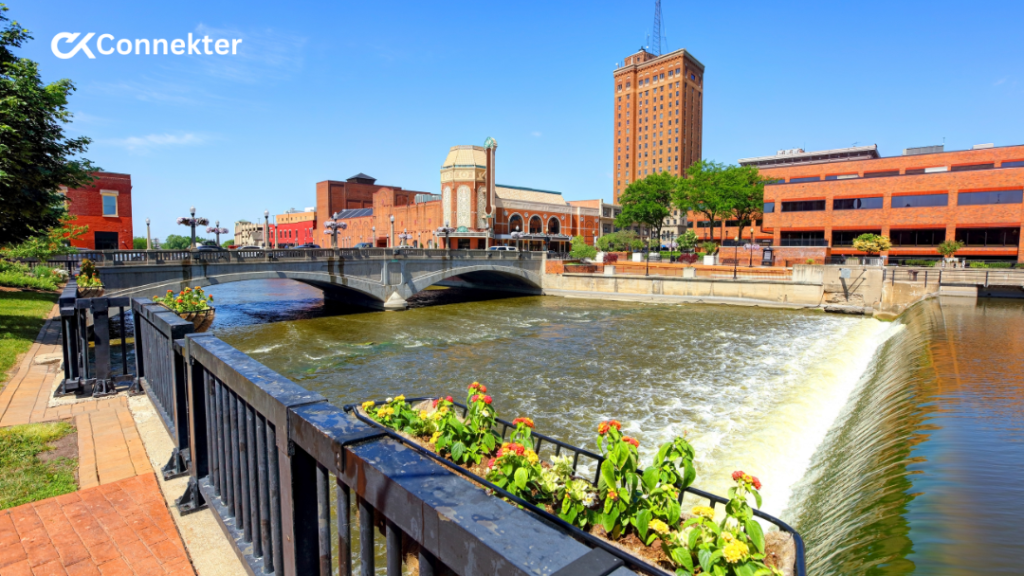
Located west of Chicago, Aurora blends suburban charm with affordability.
- Key Features: Strong school districts, ample parks, and a tight-knit community.
- Trends: Popular among families and first-time buyers due to lower prices compared to Chicago suburbs.
- Average Prices: $250,000–$400,000.
3. Naperville: Suburban Luxury
Naperville consistently ranks as one of the best places to live in the U.S.
- Key Features: Upscale amenities, excellent schools, and a vibrant downtown.
- Trends: A surge in demand for luxury homes, with buyers prioritizing modern designs and larger spaces.
- Average Prices: $500,000–$800,000+.
4. Rockford: Affordable Northern Illinois
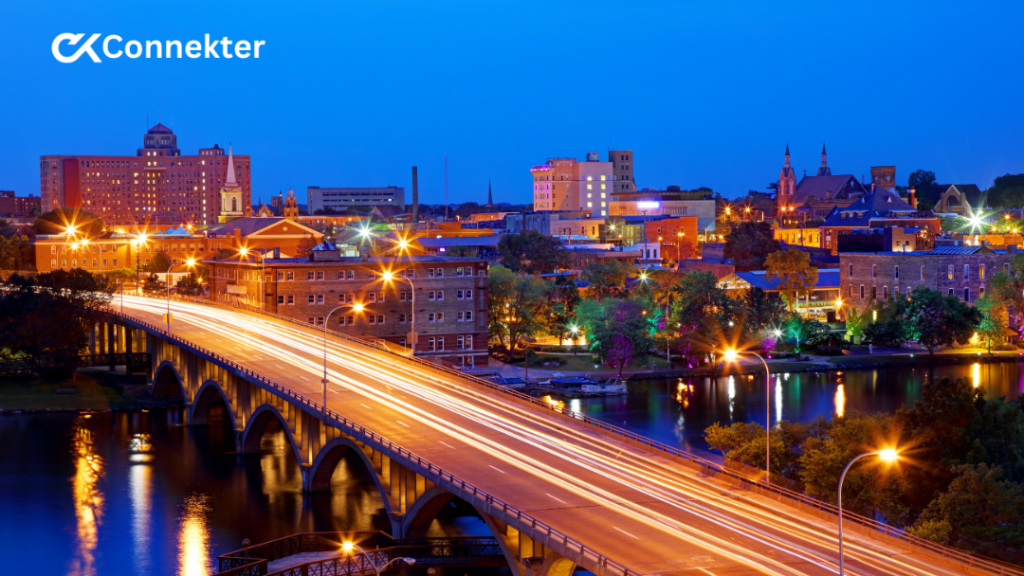
Rockford offers affordability without sacrificing community spirit.
- Key Features: Steady growth, opportunities for first-time buyers, and a burgeoning local economy.
- Average Prices: $150,000–$250,000.
5. Springfield: Stability in the State Capital
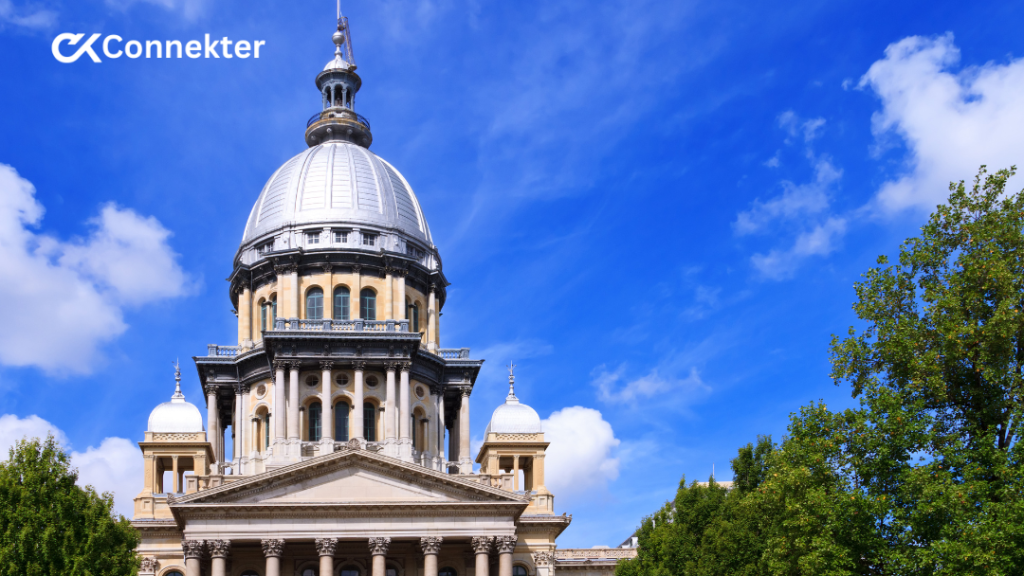
Springfield’s market is driven by government employees and families.
- Key Features: Affordable housing, consistent demand, and a steady pace of market activity.
- Average Prices: $120,000–$250,000.
6. Joliet: A Growing Suburban-Industrial City
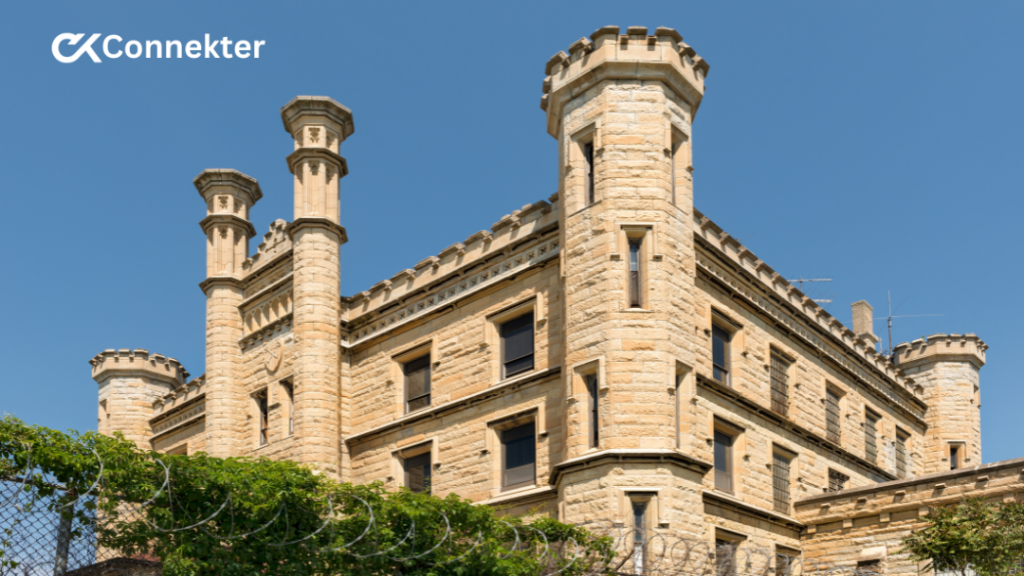
Located near Chicago, Joliet offers a mix of suburban living and industrial growth.
- Key Features: New housing developments, rising rental demand, and proximity to Chicago’s job market.
- Average Prices: $200,000–$300,000.
7. Peoria: Central Illinois Investment Hub
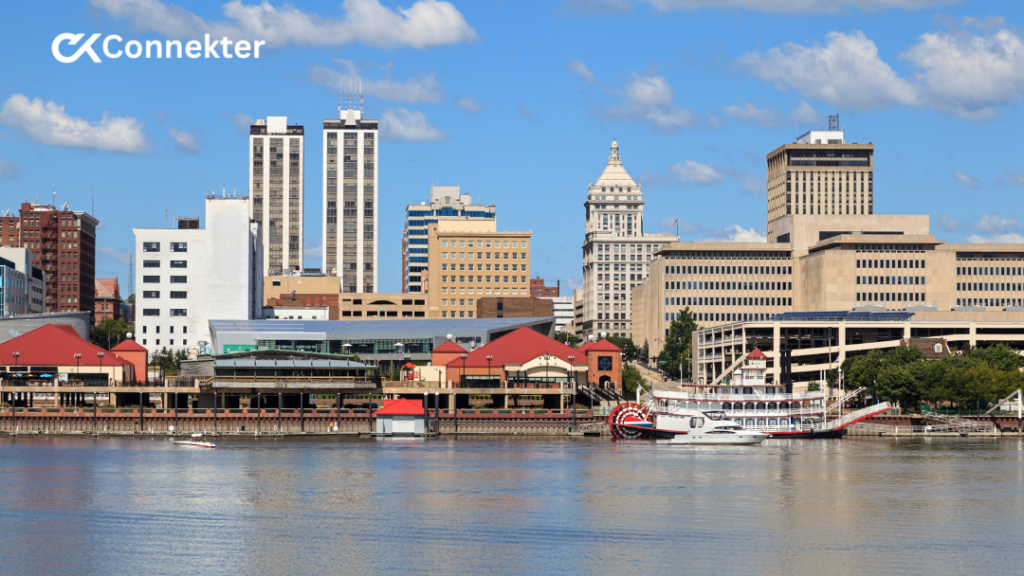
Peoria’s manufacturing and healthcare industries fuel its real estate market.
- Key Features: High rental income potential and steady demand for affordable homes.
- Average Prices: $100,000–$200,000.
8. Evanston: Urban-Suburban Balance
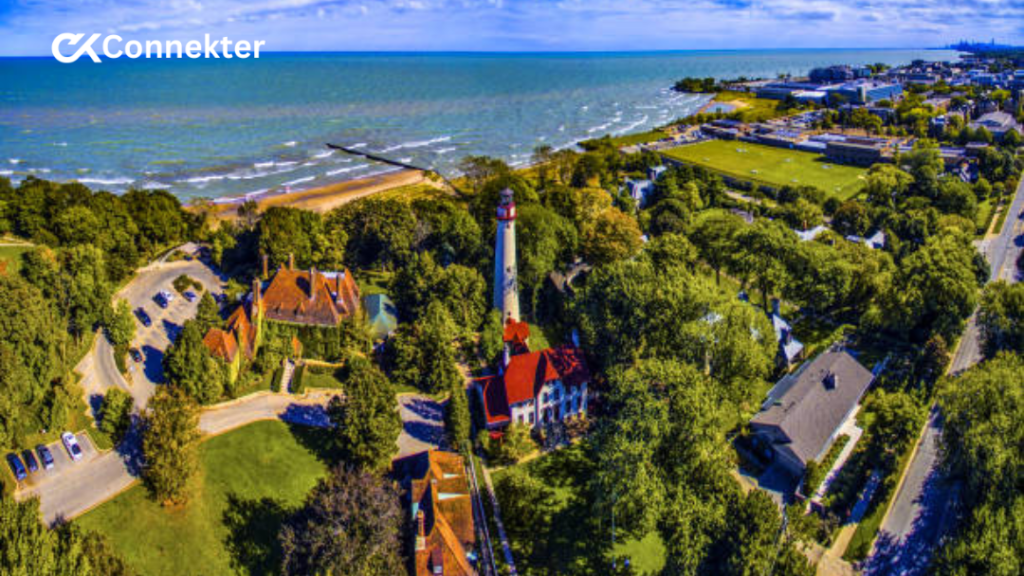
Evanston combines city convenience with suburban appeal.
- Key Features: Popular among families and students at Northwestern University. Strong rental market and high demand for family homes.
- Average Prices:
- Single-family homes: $400,000–$700,000.
- Condos: $250,000–$450,000.
9. Champaign-Urbana: Academic and Rental Opportunities
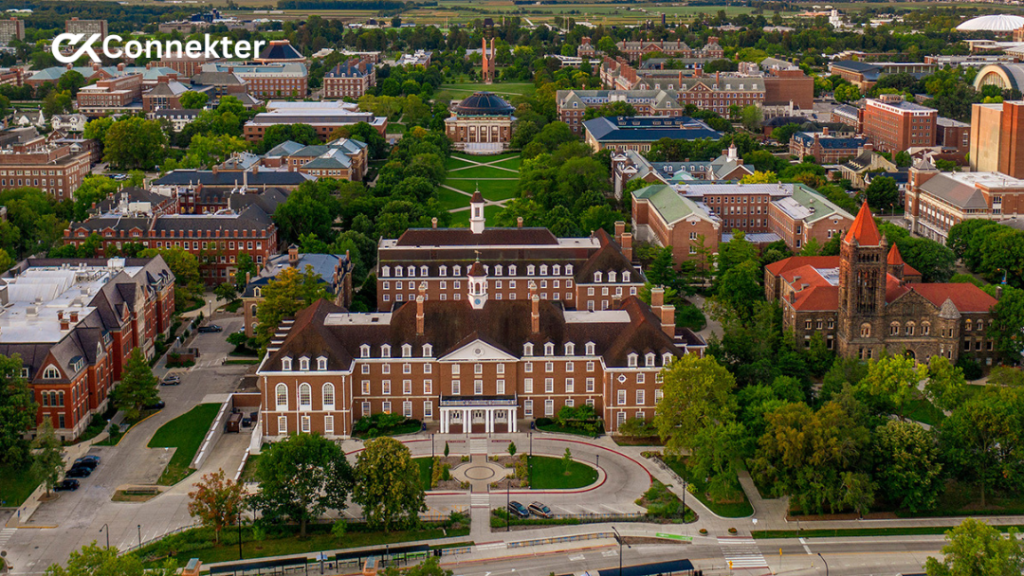
Home to the University of Illinois, this area thrives on student housing demand.
- Key Features: Consistent rental market and steady property appreciation.
- Average Prices: $200,000–$300,000.
10. Decatur: Affordable Living in Central Illinois
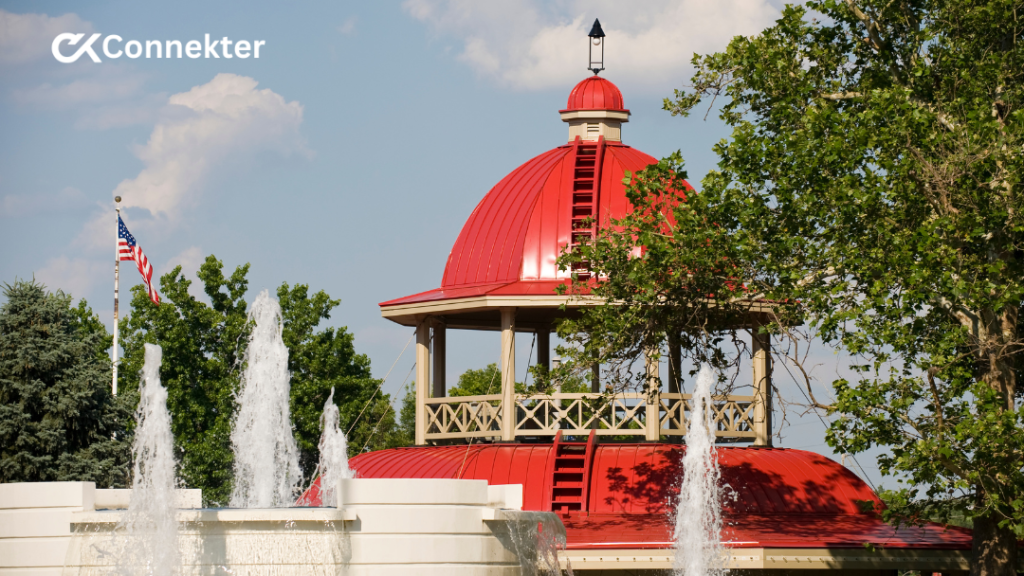
Known for its industrial base, Decatur is an affordable market with growth potential.
- Key Features: Low property costs and opportunities for rental investors.
- Average Prices: $80,000–$150,000.
11. Carbondale: Gateway to Southern Illinois
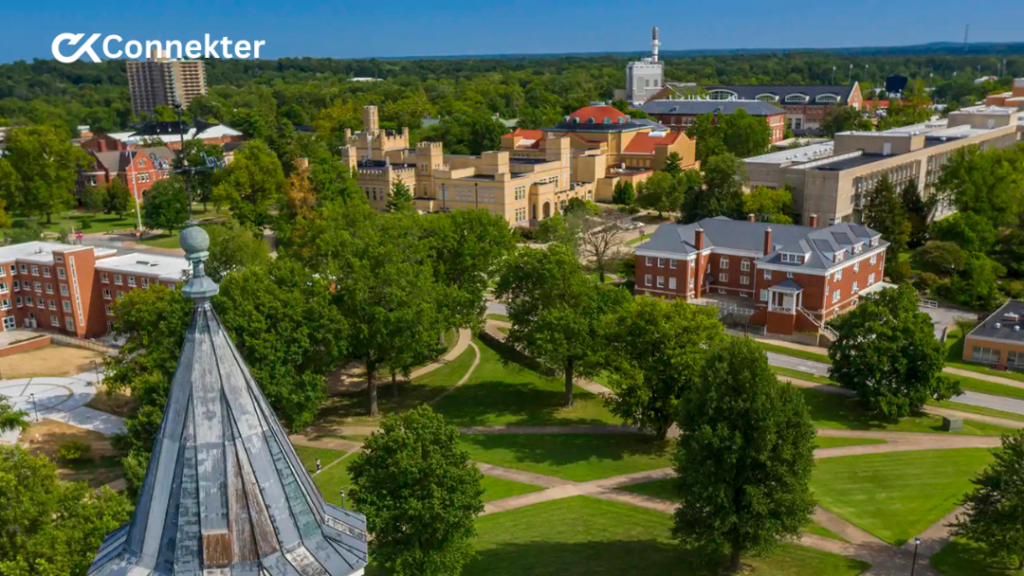
Carbondale is home to Southern Illinois University, with opportunities in student and rural properties.
- Key Features: Affordable housing and a growing interest in rural retreats.
- Average Prices: $80,000–$180,000.
12. Belleville: Southern Suburban Appeal
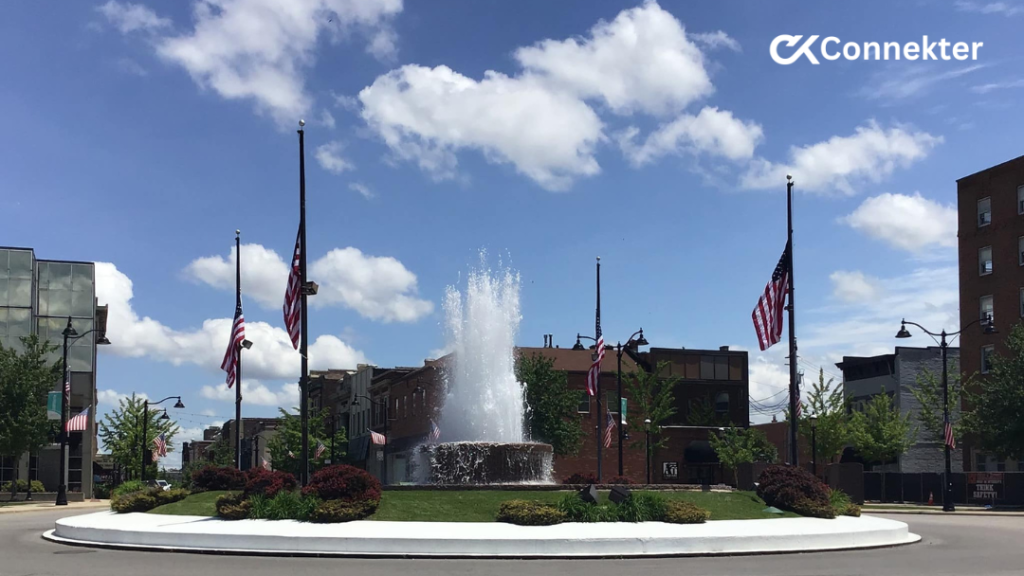
Located near St. Louis, Belleville combines suburban living with metro access.
- Key Features: Affordable housing, family-friendly neighborhoods, and low taxes.
- Average Prices: $90,000–$200,000.
13. Quincy: Historic Mississippi River Town
Quincy offers historic charm and affordability.
- Key Features: Investment opportunities in riverfront homes and historic properties.
- Average Prices: $100,000–$200,000.
14. Galesburg: Small-Town Affordability
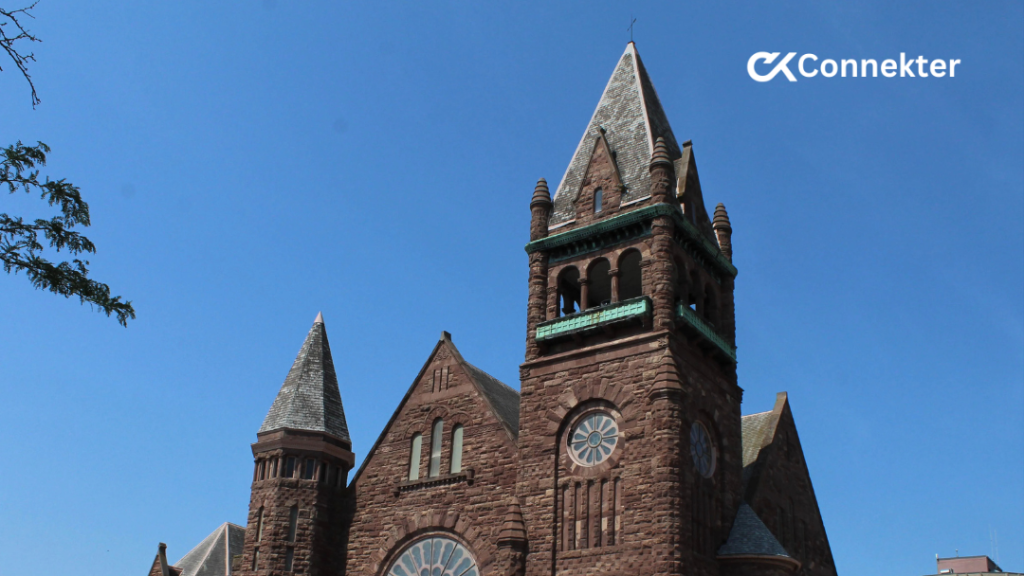
Known for its history and educational institutions, Galesburg offers stable demand.
- Key Features: Cost-effective entry into homeownership and opportunities for small rental portfolios.
- Average Prices: $80,000–$150,000.
15. Elgin: Emerging Suburban Market
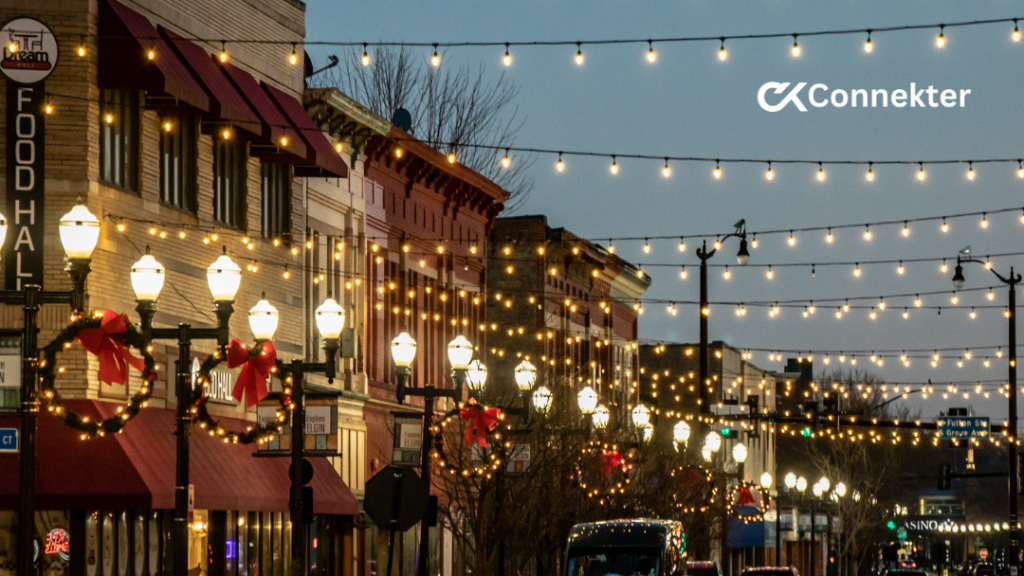
Elgin is gaining attention for its affordability and proximity to Chicago.
- Key Features: Family-friendly communities and opportunities for growth.
- Average Prices: $200,000–$350,000.
Final Thoughts: Why Illinois is Worth Exploring
Illinois real estate is as diverse and dynamic as the state itself. Whether you’re eyeing a sleek condo in Chicago, a spacious family home in Naperville, or a quiet retreat in Effingham, Illinois has something to offer. Yes, the market has its challenges—high taxes and population shifts among them—but its strategic location, economic diversity, and varied housing options make it a state full of opportunities.
As a realtor who’s helped countless clients find their dream properties, I can confidently say that understanding the nuances of Illinois’s urban, suburban, and rural markets is the key to success. Let’s work together to unlock the potential Illinois holds for you!
Extra resources:
- Real Estate: Using CRM in Marketing Campaigns with Connekter. Learn more…
- Future Trends in Lead Management Automation: Connekter Features. Read more…
- Lead Generation Best Practices to Boost Sales with Connekter. Read more…
- How I Boosted My Real Estate Business with Connekter. Read more…
- Leveraging Connekter Local US Events Strategy. Learn more here…
- Integrating Cold Calling with Lead Generation Using Connekter. Learn more…

